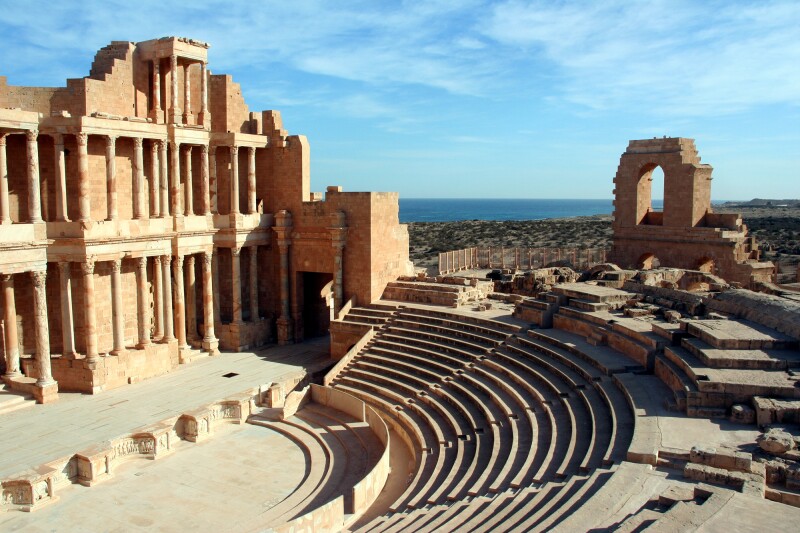If sea levels in the Mediterranean continue to rise over the next 100 years, the 49 low-lying UNESCO World Heritage sites along its coast are at risk of flooding or erosion by 2100, according to a recent study published in Nature from researchers at Germany’s University of Kiel.
In fact, their studies show that of the 49 UNESCO sites located at or near sea level on the Mediterranean, 37 are already at risk from a 100-year flood and 42 from coastal erosion.
It comes as no surprise that Venice is one of the most threatened sites, especially after an October storm flooded three-quarters of the city with more than five feet of water, the highest levels seen in 10 years. However, several other UNESCO sites in the northern Adriatic are also highly at risk, including the archaeological area and basilica of Aquileia, the early Christian mosaics and monuments of Ravenna, and the Renaissance city of Ferrara and its Po Delta.

The Byzantine mosaics at the Euphrasian Basilica in Poreč, Croatia
Courtesy of Shutterstock.com
Croatia’s coast is the next highest risk area, according to the study. The UNESCO site that could be damaged or destroyed is the 6th-century Euphrasian Basilica in the Istrian town of Poreč on Croatia’s northern coast. Although it’s not as famous as Dubrovnik’s Old City, which is at a slightly lower risk level, the Byzantine mosaics at the basilica are some of the most spectacular examples of religious art in the region.
While Italy, Croatia, and Greece have the most at-risk sites, the affected areas aren’t limited to Europe. In northern Africa, the coast of Tunisia, including the Medina of Tunis and the archaeological sites of Carthage, is at risk of flooding, as well as the archaeological site of Sabratha located in Libya.
Of these, the only site that has already officially been added to UNESCO’s list of World Heritage in Danger is Sabratha. However, UNESCO deemed that site at risk in 2016 due to the ongoing civil war in Libya and not because of the threat of climate change.

The ancient Roman ruins at Sabratha in modern Libya
Courtesy of Shutterstock.com
To reach these conclusions, the scientists at the University of Kiel mapped out the floodplain of each World Heritage site that is 10 meters (about 33 feet) or less above sea level and then collected data about historic storm surges at each of the 49 sites. They then applied four different scenarios of various sea-level changes by 2100 to each site, three of which came from the Intergovernmental Panel on Climate Change (IPCC).
While The Art Newspaper points out that some structures can be moved to protect them from flooding and erosion, as the Abu Simbel temple complex in Egypt was in the 1960s to protect it from the rising Nile, it’s impossible to relocate entire archeological sites and cities. For now, UNESCO is adding a section on climate change to the guidance manual for World Heritage sites so they can mitigate damage in advance.
>> Next: 7 UNESCO World Heritage Sites You Need to Visit This Winter











